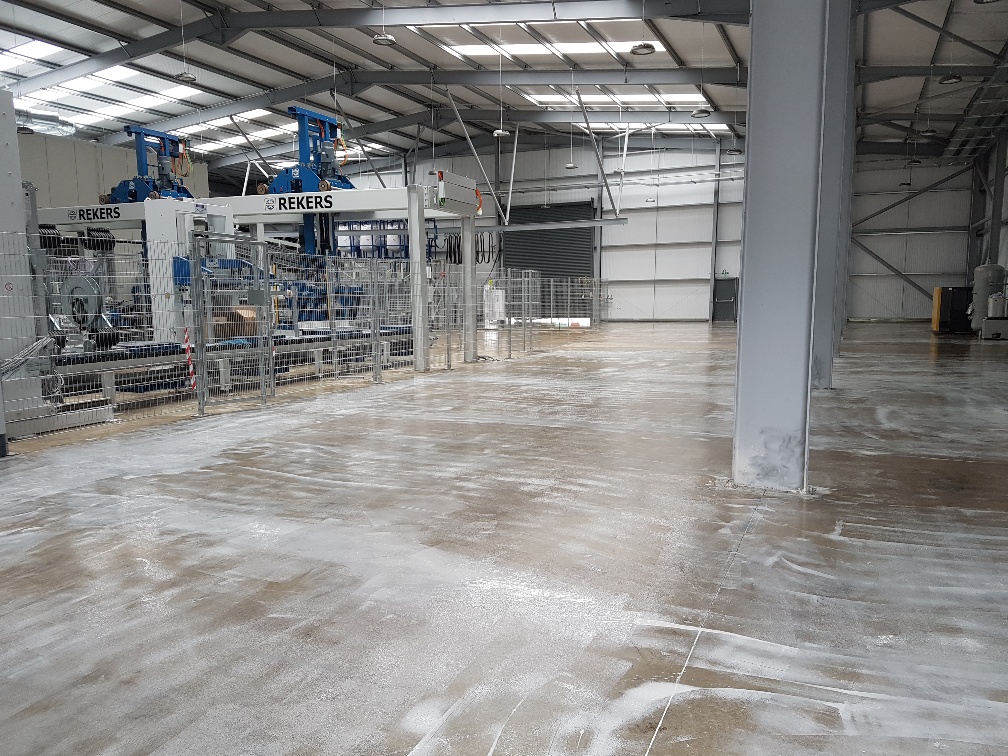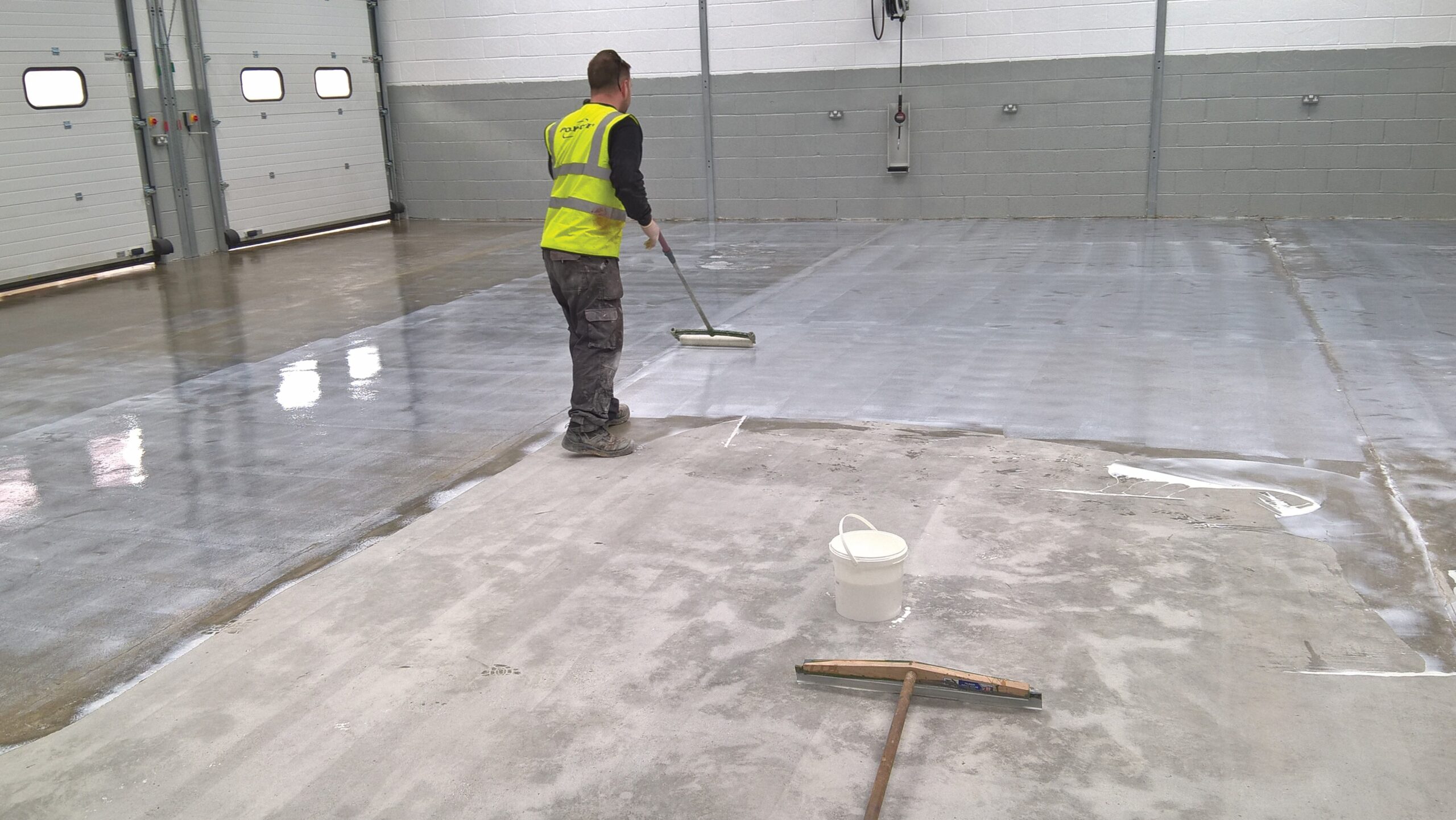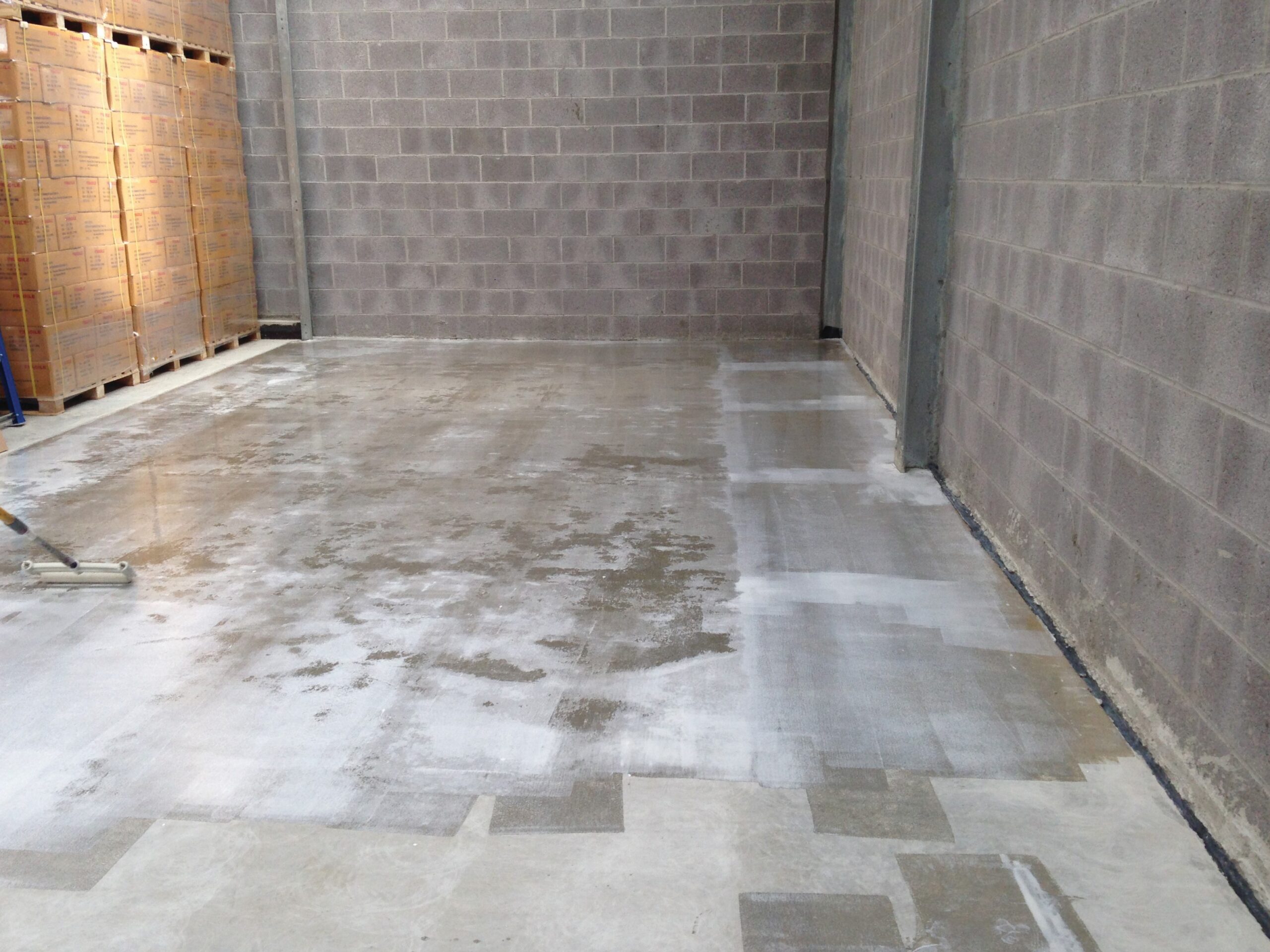WD Primer is a high adhesion water-dispersed epoxy primer offering a high bond strength to all substrates.
- Our most popular primer
- An ideal primer for floors and metal coatings
- Works on old and new concrete
- Compatible with polymer modified cementitious screeds
- Solvent-free, taint-free, odourless and non-toxic
- Suitable for damp surfaces
- Protective water dispersed floor coating
- Resistant to oils and chemicals
WD Primer is a two part water dispersed 50% solids specialist epoxy floor primer providing a dustproof coating resistant to oils and chemicals. It will provide a tough, hard-wearing protective floor finish with a semi-gloss/silk finish that is economical and easy to apply.
Specially formulated to adhere to impervious surfaces, providing a primer coat for a wide range of Polycote epoxy top coats. Being solvent-free, taint-free, odourless and non-toxic, WD Primer is ideal for use in medical, animal, food processing and working environments. Typical applications include warehouses, factories, workshops, commercial kitchens, laboratories and chemical bunds.
Suitable substrates: WD Primer may be applied to old and new concrete and polymer modified cementitous screeds.
Colour: WD Primer is white when applied, but dries to a clear finish.
Packaging: WD Primer is supplied in pre-measured quantities as a two part 5.0kg unit, comprising an epoxy resin blend Part ‘A’ and hardener Part ‘B’.
Pot life: Approximately 30 minutes @ 20°C
Normal application temperature: Between 10°C to 25°C
Cure time: 16 hours (light pedestrian traffic), 24 hours (medium traffic), 7 days (full strength). The material should be protected from contact with water for 7 days.
Over-coating: 16 hours
Coverage: Approximately 25-30m² per 5.0kg unit, depending on the texture and porosity of the surface.
Number of parts supplied: 2
Colour: Mid grey / White
Primer for: Polycote Flortex range of epoxy products
Please consult the technical data sheet for full technical product data.
Surface Preparation
THOROUGH SUBSTRATE PREPARATION IS ESSENTIAL.
Recommended methods are:
Powerfloated concrete – use a Vacuum Assisted Shotblaster to remove weak laitence and provide a surface key for the coating. If this is not possible, chemically etch with Polycote Etch IT then rinse thoroughly and allow to dry.
Loose paint or rust – remove, using a Vacuum Assisted Shotblaster, Floor Grinder or equivalent method.
Loose or friable concrete – use a Vacuum Assisted Shotblaster. If this is not possible, chemically clean with Polycote Etch IT then rinse thoroughly and allow to dry.
Oil or grease – use Hot Compressed Air for large areas of contamination. Smaller, isolated deposits may be chemically cleaned with Polycote Degrease IT, then rinsed thoroughly and allowed to dry.
See relevant Data Sheet prior to application.
ONCE PREPARED, THE AREA MUST BE KEPT CLEAN AND FREE OF TRAFFIC.
Mixing
Having fully prepared the substrate, stir the individual components before mixing together. Add Part ‘B’ to Part ‘A’ and thoroughly mix for at least 5 minutes. For best results use a heavy duty slow speed drill with a mixing paddle.
ENSURE THOROUGH MIXING AS AN UNMIXED PRODUCT WILL RESULT IN A POOR OR NON-CURE SITUATION.
Application
Prior to application of epoxy coatings – apply WD Primer by brush, roller or squeegee, making sure that the surface is completely covered. Particular attention should be given to doorways and other areas of high traffic. When finished, DO NOT scrape the remaining contents from the container as this will invariably include unmixed raw resin.
IMPORTANT – Ensure thorough coverage of porous surfaces, working the primer well into the surface. Failure to do this may allow the floor to ‘breathe’ and result in pinholing or bubbles in the epoxy top coat.
Prior to application of cementitious screeds – apply as above, then sprinkle kiln-dried quartz (ideally 0.3-0.6mm) onto the WET primer to provide a mechanical key and allow to cure. Any loose quartz should then be brushed off before laying the screed.
Application Temperature
Normal application temperature range is between +10˚C and +25˚C.
To reduce the risk of ‘blooming’ caused by condensation, the climate above the uncured floor should be maintained at least 3°C above the dew point for at least 48 hours after application.
The substrate should be surface dry with a maximum relative humidity of 80%.














